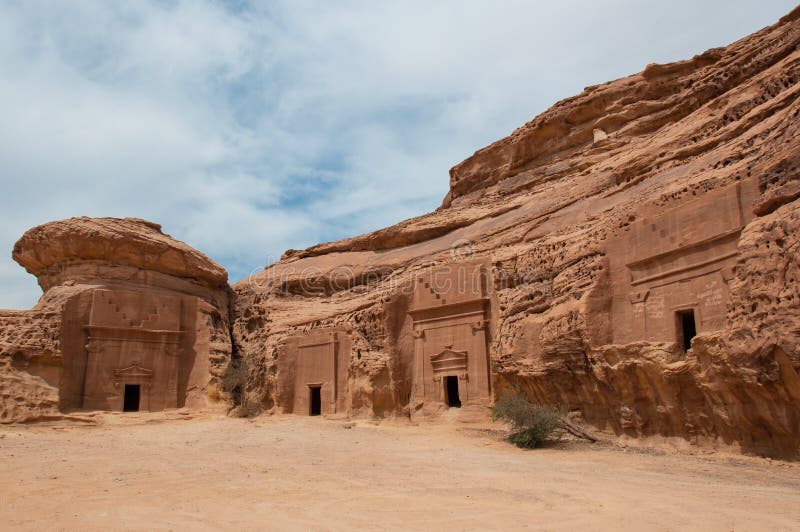

He was a visiting professor at Concordia, Montreal, 1978–1979, Georgetown University, 1985–19–1992, and in San Diego State University, 1999-2000. He served there as head of graduate studies in the Middle Eastern History Department, School of History. from the School of Oriental and African Studies, University of London, where he wrote his thesis on the History of Ras Alula, Ethiopia's national hero, under the guidance of professors Richard Gray and Edward Ullendorff.Įrlich taught in Tel Aviv University from 1973 till his retirement in 2004.

His thesis was on the tribes of Yemen and their role in the civil war. studies in the Hebrew University under the guidance of Professor Gabriel Baer ( cum laude, 1969). studies in Tel Aviv University in General History and History of the Middle East and Africa, and his M.A. In the 1960s he played basketball in Israel's premier league and in 1997 won the academic staff tennis championship.Įrlich completed his B.A. In 1989 in the World Masters Games in Denmark, he came second in the 45 – 50 category, clearing 1.65m.

Between 19 he was one of Israel leading high-jumpers and represented the country in international athletic meetings. He composed some of the paratroops' popular songs, some of which are still in circulation. He served in the Nahal paratroops battalion and as a reservist fought in the battle on Jerusalem in 1967 Six-Day War. Haggai Erlich was born to a working-class family in Tel Aviv, was a member of the leftist youth movement Hashomer Hatsair and studied in the Oriental Class of Tel Aviv municipality secondary school D. He is the Landau Prize recipient for 2010 in African Studies. The Mahdist defeat in Kufit was also a major cause for the ţalifa ’s decision of late 1885 (or early 1886) to declare a holy war ( gihad ) against Ethiopia, a step that would eventually lead to Yohannés’s demise and to Ethiopia’s loss of Eritrea to the Italians.Haggai Erlich (born 1942) is professor emeritus at Tel Aviv University and an academic adviser at the Open University of Israel where he is the head of Middle Eastern History studies. Its drawback was, however, that ras Alula’s attention was diverted to the west, allowing the Italians to solidify their hold in and from Massawa. The battle of Kufit was an Ethiopian success in stemming the Mahdist drive into Eritrea. He would return to that area a year later, resorting to atrocities against the Nara and the Kunama in order to maintain this buffer zone. Instead he decided to ensure only the loyalty of the tribes of western Eritrea and returned triumphantly to Asmära. Utman Diqna himself escaped but Alula, his men exhausted, did not advance on Kassala. The Mahdists were slaughtered, estimates ran between 3,000 to 5,500 killed. The day ended with some 1,500 Ethiopians dead, including most of Alula’s commanders. When Alula arrived, he outflanked the Mahdists and forced them to leave their fortifications and storm his main force. Alula’s lieutenant blatta Gäbru was killed in the first assault. On 23 September Utman Diqna’s force (reports ran between 6,000 to 12,000) took up position at Kufit and was attacked by ras Alula’s army of 10,000 to 25,000. The latter was ordered by the Mahdist ţalifa Abdullahi at- Taaiši to “leave the Ethiopians” and turn else- where, but the written message arrived too late. Meanwhile he was already exchanging provocative messages with the Mahdists and Utman Diqna. Though in August the garrison in Kassala surrendered, ras Alula Éngéda was not informed. While Alula was wavering where to turn, the British did their best to divert him away from the Italians into fighting the Mahdists and relieving the Egyptians. However, in February 1885 the Italians, to the Ethiopians’ surprise, landed in Massawa and were preparing to encroach inland. Ras Alula Éngéda, who in late 1884 began building his administration in the Märäb Méllaš around his new capital of smära, was expected by ase Yohannés IV to march on Kassala. The Mahdists also spread their influence among various Eritrean tribes in the Sudanese–Eritrean lowlands as Utman Diqna aimed at controlling the route down to the Red Sea and Massawa. Abi Bakr Diqna, had laid siege to the Egyptian garrison of Kassala, which the Ethiopians under the 1884 Hewett Treaty were committed to rescue (cp. The commander ( amir ) of the Mahdiya in north eastern Sudan, Utman b. On 23 September 1885 a decisive battle between a Mahdiya force (Mahdists) and an Ethiopian army took place at Kufit, half way between Asmära and Kassala (for location s.


 0 kommentar(er)
0 kommentar(er)
